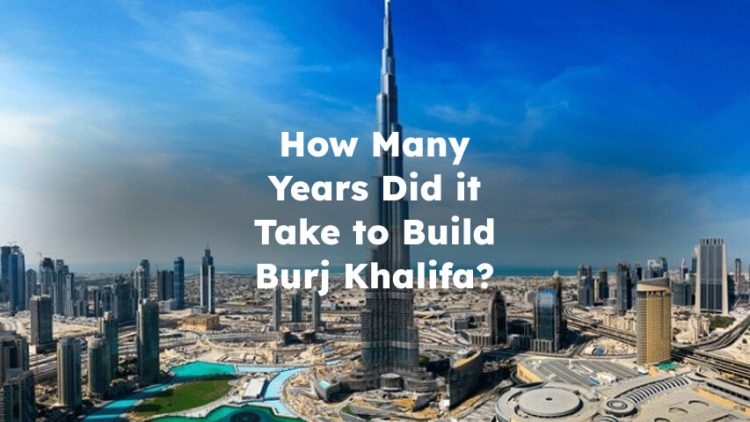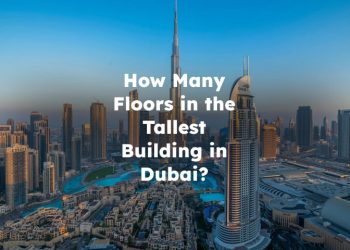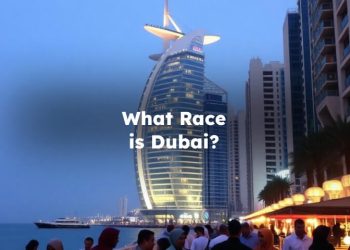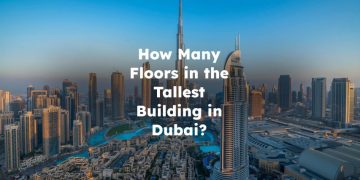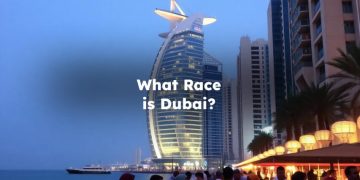Reaching a remarkable height of 828 meters (2,716 feet), the Burj Khalifa holds the title of the tallest building globally, while it is surpassing the height of the second tallest structure by 60%. How many floors in Burj Khalifa? It has 160 floors and features the highest observation deck globally. Are you curious about its construction time? The Burj Khalifa, the tallest building in the world, started being built in Dubai, UAE in 2004. We have compiled some facts in this blog on indubaimall in order to let you know how many years did it take to build Burj Khalifa?
Timeline of Construction
Who built the Burj Khalifa? Construction of the Burj Khalifa started in January 2004, managed by Emaar Properties and designed by Skidmore, Owings & Merrill (SOM). Adrian Smith was the main designer, blending beauty with practical aerodynamics. How many years did it take to build Burj Khalifa? Burj Khalifa has a timeline of construction as follow:
- In March 2005, the first structural parts started to appear above ground. The central tower’s core walls began to form with a Y-shaped design for having better stability. High-performance concrete was used for the floor plates, poured at night to escape the intense desert heat.
- By 2006, the tower had reached 50 stories, adding a new floor every three days, which was impressive considering the complexity.
- By July 2007, the Burj Khalifa became the tallest building in the world, exceeding Taipei 101’s height of 509 meters. Construction continued beyond 150 stories, requiring special cranes to operate at over 600 meters. This stage required exceptional planning to transport materials to such great heights.
- In 2008, the last spire was added. After that, work started on covering the structure with reflective glass, aluminum, and textured stainless-steel panels to endure the tough desert weather.
- Interior work began in 2009, featuring luxury apartments, corporate offices, and the Armani Hotel.
- The Burj Khalifa opened on January 4, 2010, with a spectacular ceremony. It was a remarkable engineering achievement and a strong symbol of Dubai’s ambition and strength.
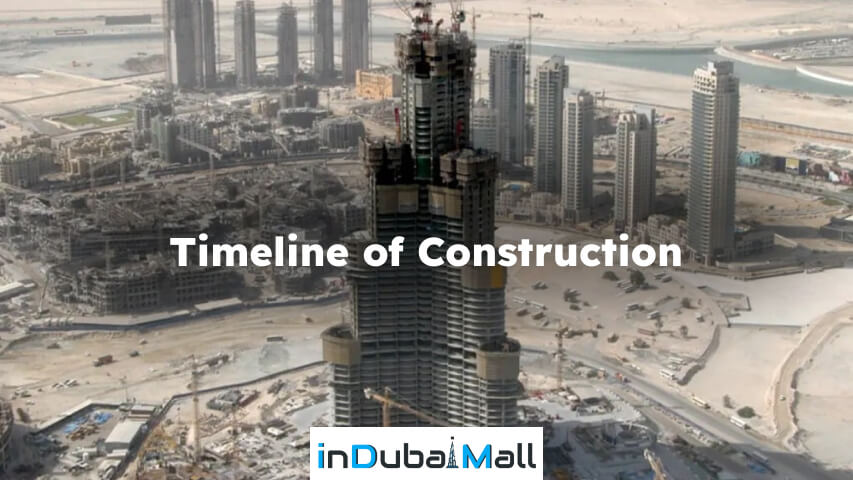

Groundbreaking and Early Stages
Before building started, a lot of groundwork was needed. The location for the Burj Khalifa was in downtown Dubai, which required careful preparation. Soil tests were done to make sure the foundation could hold the tall building. Engineers used modern methods to check the soil type, water levels, and possible earthquake risks. Once the site was approved, the team began piling work. They drove piles deep into the ground for a strong foundation. This part of the project took several months and involved many workers and advanced machines. By January 2005, the groundwork was finished, and the foundation was ready for the next step.


Structural Milestones
By mid-2006, the Burj Khalifa height was already very tall, taller than many other skyscrapers. But this was only the start. The construction team encountered new problems as they went higher, such as wind resistance and stability. Engineers had to keep changing their plans to make sure the building was safe. As the Burj Khalifa grew taller, it hit many important milestones. In 2007, it became the tallest building in the world, surpassing Taipei 101. The team kept striving for more, wanting to make it even taller and more remarkable. By 2008, it reached its final height of 828 meters, and the spire was added in January 2009. The Burj Khalifa now represents human creativity and effort, showing what can be accomplished with vision and hard work.


Completion and Opening
Now that the main structure is done, attention turned to the inside and outside finishes. The Burj Khalifa’s exterior features reflective glass, aluminum, and textured stainless steel. It used over 103,000 square meters of glass and 15,500 square meters of embossed stainless steel to achieve its shiny look. The Burj Khalifa was officially opened on January 4, 2010, in a grand ceremony with guests from all over the world. The event included stunning fireworks, light displays, and performances, showcasing years of effort and commitment. This opening marked a significant moment in Dubai’s history, reinforcing its role as a global center for tourism, business, and innovation. The Burj Khalifa soon became a symbol of the city’s dreams and successes, drawing millions of visitors annually.


